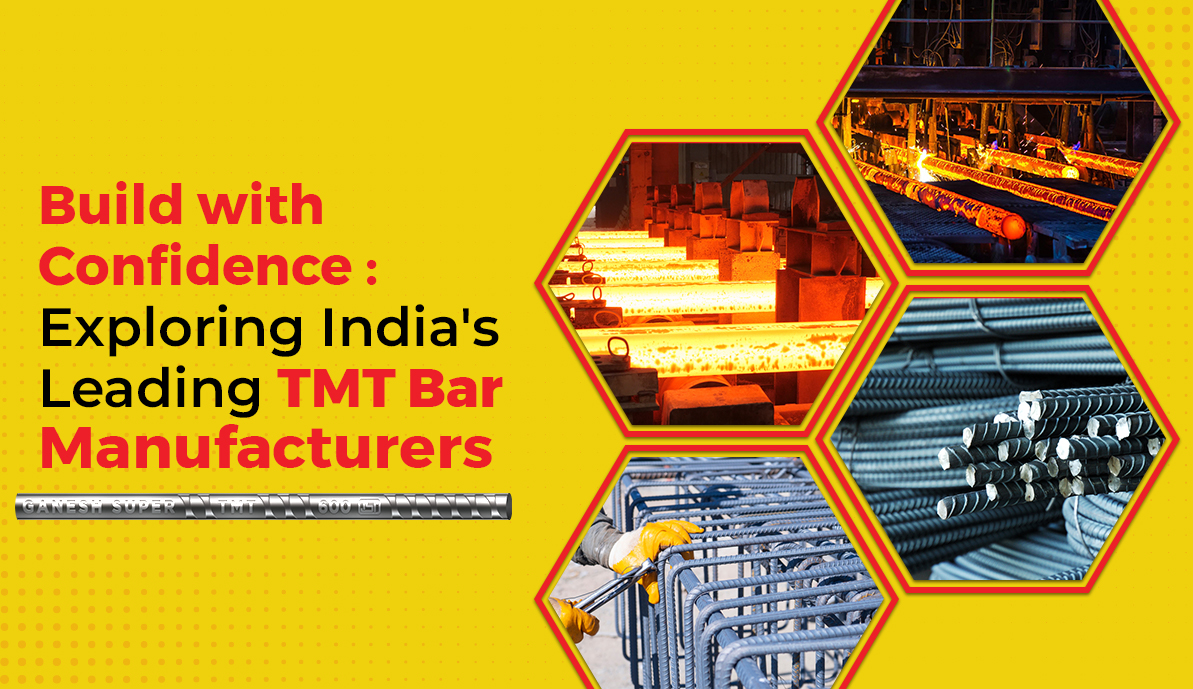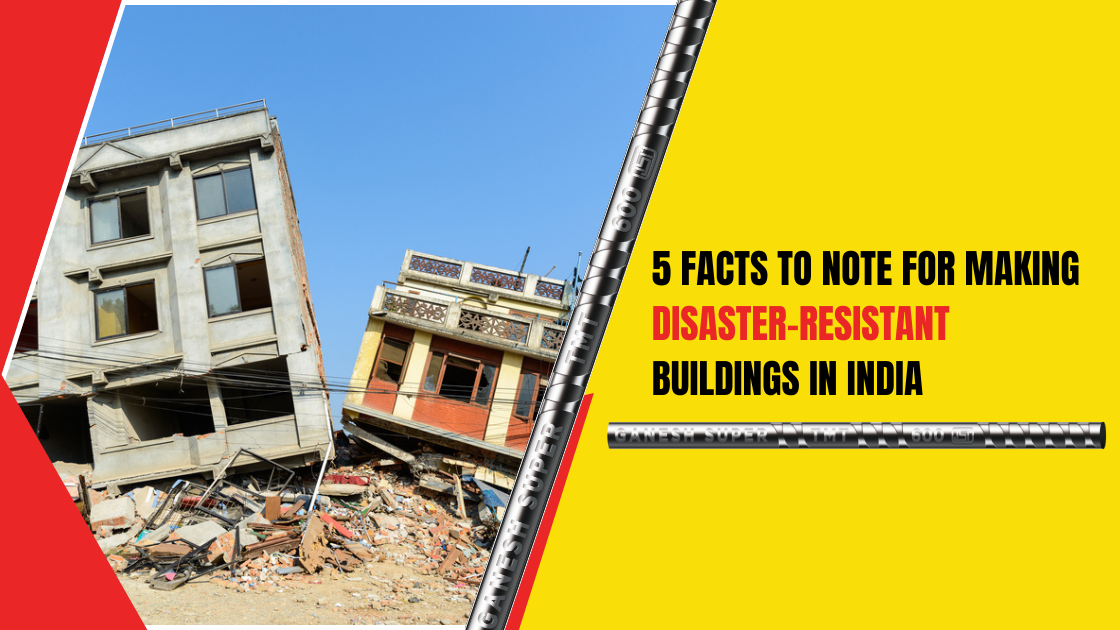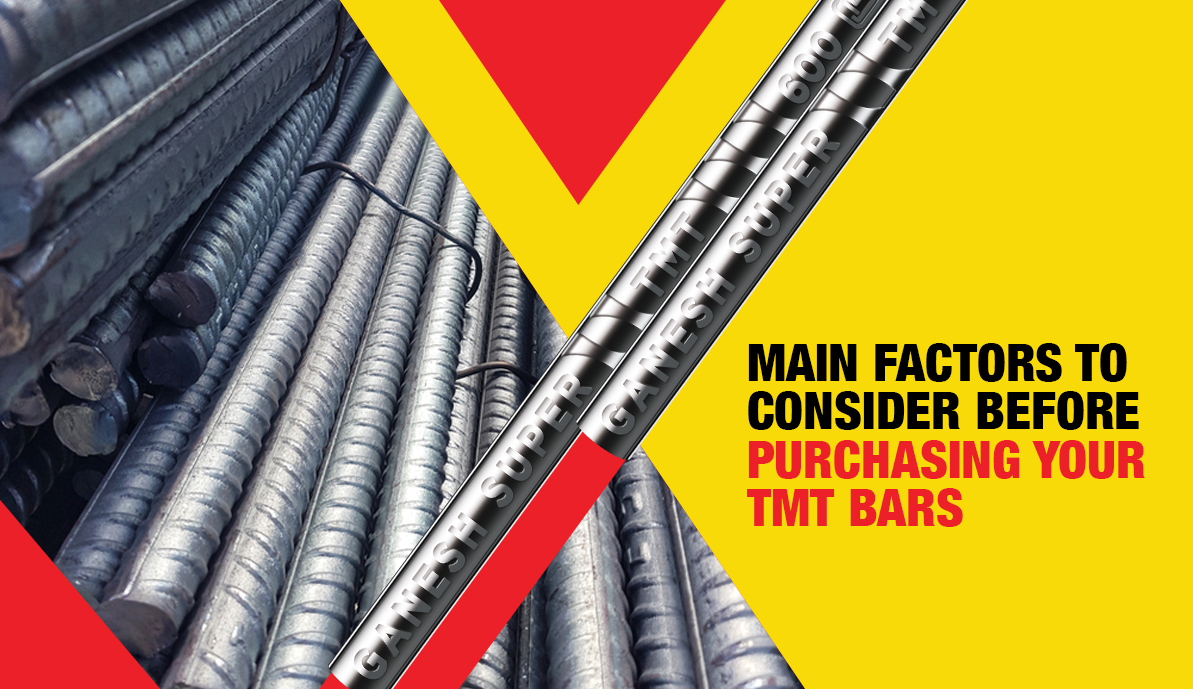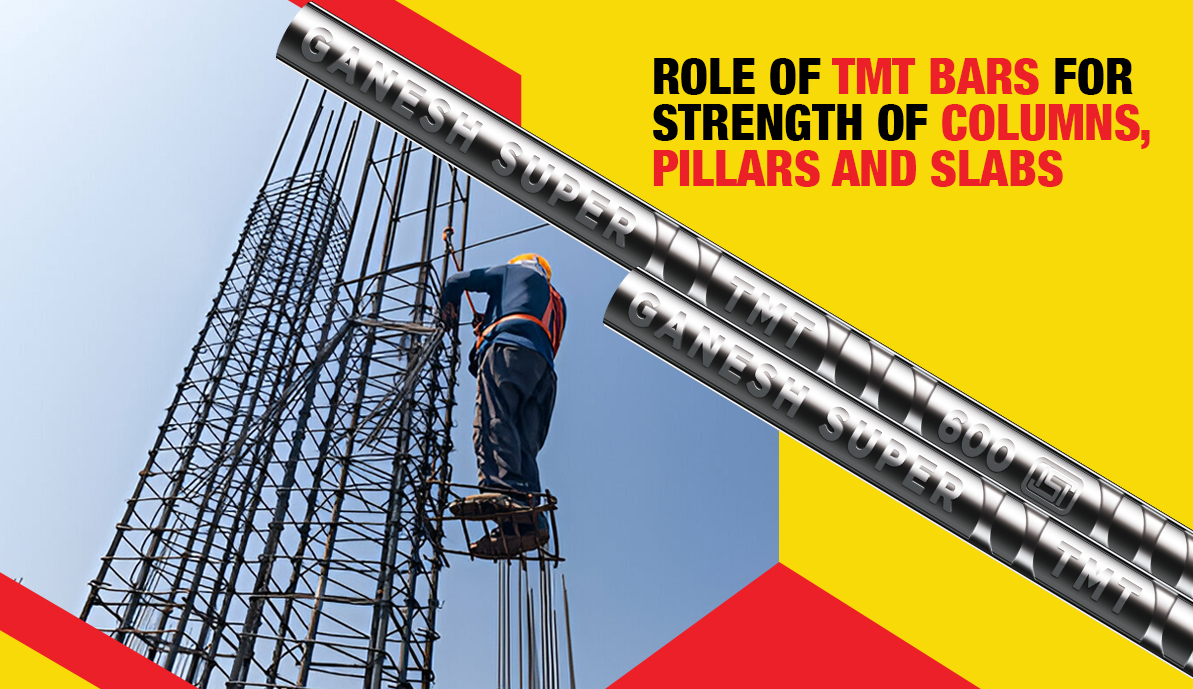Every construction project takes the support of TMT bars to support the entire structure and makes a robust foundation. Top TMT bar manufacturers accept India’s climatic and geographical conditions and design their manufacturing and quality checks around it. Good weldability and higher fatigue resistances on dynamic loading are key features India’s geography demands the most. You must read the article if you wonder what features a renowned TMT bar manufacturer prioritizes. Please read the article to choose your TMT bar with more confidence.
What Are India’s Leading TMT Bar Manufacturers’ Priorities?
The quality TMT bars are thermo-mechanically treated and have more robust exteriors and smooth interiors. This structure of the TMT bars makes them a perfect fit for residential buildings, bridges, industrial establishments, or concrete reinforcements. Moreover, they outperform conventional steel bars because of their structure and strength.
Reputed TMT bars never hesitate to bring the best features in the construction materials.
They manufacture TMT bars with appropriate strength, reflex, and flexibility. Here are some of the key characteristics of TMT bars that impact the quality of construction:
Bonding Strength:
Everyone wants their construction project to stay solid for a long time. Therefore bonding strength is crucial for performance and long-term structural stability. Some of the renowned manufacturers of TMT bars work on some techniques to ensure superior bonding strength in TMT bars.
Controlled rolling: The manufacturing of TMT bars involves controlled rolling. The steel is subjected to a series of high-temperature and high-pressure treatments, after which the bars are rapidly cooled in water. This quick transition in temperature creates a hard outer layer with a softer interior. This process also ensures that the bars have a uniform texture and excellent bonding strength.
Chemical composition: Renowned TMT bars manufacturers carefully select the raw materials used for the TMT bars. Choosing the right raw materials in manufacturing helps them in achieving the desired strength and durability of the finished product.
Also, high-quality steel has the right composition of carbon, manganese, silicon, and other elements, ensuring the desired strength and durability to withstand construction stress or seismic activities.
Quenching and tempering: After the controlled rolling processes, they carry out the crucial manufacturing processes –quenching and tempering. That is, heating the bars to high temperatures and rapidly cooling them. This process increases the hardness of the bars, thereby increasing the bonding strength.
Rigorous quality control process: the products are tested for various parameters, including bonding strength before they are let out into the market. If you are all set to shop for construction materials, you must look for renowned TMT Bars Suppliers who prioritize the quality control processes.
Bending Properties:
The bending properties of the TMT bars are crucial, and they are not supposed to break or crack when bent. There are several properties to be considered that impact their capability to bend. Some of those properties include strength, flexibility, and elongation capacity.
Additionally, the quality of the raw materials used for the construction of TMT bars greatly influences how well it bends and suits the requirements of the construction.
Consider The Following Situations Where the TMT Bars Are Bent.
Reinforced concrete structures: You can’t find a construction structure without a reinforcing concrete structure. Do you? They are commonly adopted because of their versatility, durability, and cost-effective feature. They are the structures where TMT bars are embedded with TMT bars. This technique resists the tensile forces where the concrete doesn’t suffice. Therefore, reinforced concrete structures are deployed from residential buildings to large commercial and industrial structures where weight bearing is the key.
These reinforced concrete structures demand TMT bars with substantial bending properties as these structures need to be in a “bent” form to create curves or arches.
Retaining walls: The retaining walls are to keep the soil intact. The regions where soil erosion is commonly getting benefit from the technique. The TMT bars used for the retaining walls require much bending into shapes and angles for added strength and stability. For instance, the stepped profile is a design feature done by adding horizontal levels or steps to the retaining walls, where each step is stepped back lightly further than the one below it. The feature adds more stability and support to the overall structure, and the idea is to give greater surface area to the soil to bear against and spread the load evenly across the wall. Thus the feature demands quite a lot of bending of TMT bars.
Curved roofs are part and parcel of modern architecture and require TMT bars with good bending ability.
In conclusion, the TMT bars with a substantial bending capacity are highly preferred. When you are given TMT bars with poor bending capacity, then it is a pointless purchase.
Resilience:
The TMT bars with adequate resilience ease the construction process. That is, the rebars can be bent to adjustable limits, sustain seismic action at a higher degree and bear the strain for an extended period.
Anti-Corrosive Properties:
The top-grade TMT bars do not get rust and are manufactured by leading manufacturers and supplied renowned TMT Bars Suppliers. Ther regions with higher humidity accelerate the corrosion of steel, and it typically reduces the load-bearing capacity of the buildings. This eventually compromises the safety and structural integrity of the buildings and structures.
The TMT bars with anti-corrosive properties are coated with a zinc layer that forms a protective barrier around the steel and prevents the seeping of oxygen and water coming in contact with the steel.
Also, the salinity in the environment of these humid regions speeds up corrosion. Therefore the durability and longevity of buildings in such regions are not up to the mark.
Therefore builders in those regions understand the requirement and recommend TMT bars that have gone through a “corrosion-resistant reinforcement technique.” This technique involves the coating of zinc or zinc alloy, which is termed galvanization. The zinc coating acts as a sacrificial anode as it corrodes instead of steel, thereby protecting it from corrosion.
Other corrosion reinforcement techniques are followed by some of the renowned TMT bar manufacturers, such as epoxy resin coating and stainless steel cladding and using inhibitors.
These techniques are costlier than traditional reinforcement techniques.
These are the top five features a renowned TMT bar manufacturer gives more prominence to. They never compromise on quality for cost. They ensure they meet the standards and thoroughly conduct visual inspection and ultrasonic testing. Therefore it’s crucial to consider the manufacturing practices and dealerships of the suppliers before the purchase.
Conclusion:
The entire structure of construction depends on the durability and strength of TMT bars. India’s leading TMT bars manufacturers never compromise on quality or the quality assessment of their products. They manufacture TMT bars with the capability of bearing heavy pressures, even under certain conditions, and with significant bendability and weldability to meet the requirements. Therefore, choosing TMT bars of leading manufacturers is crucial for every construction activity.





